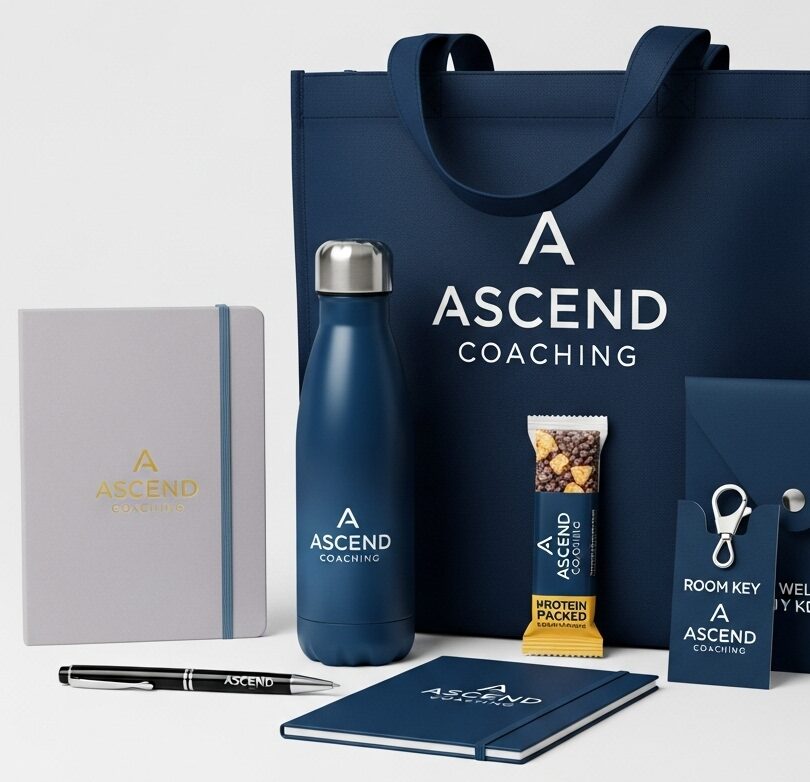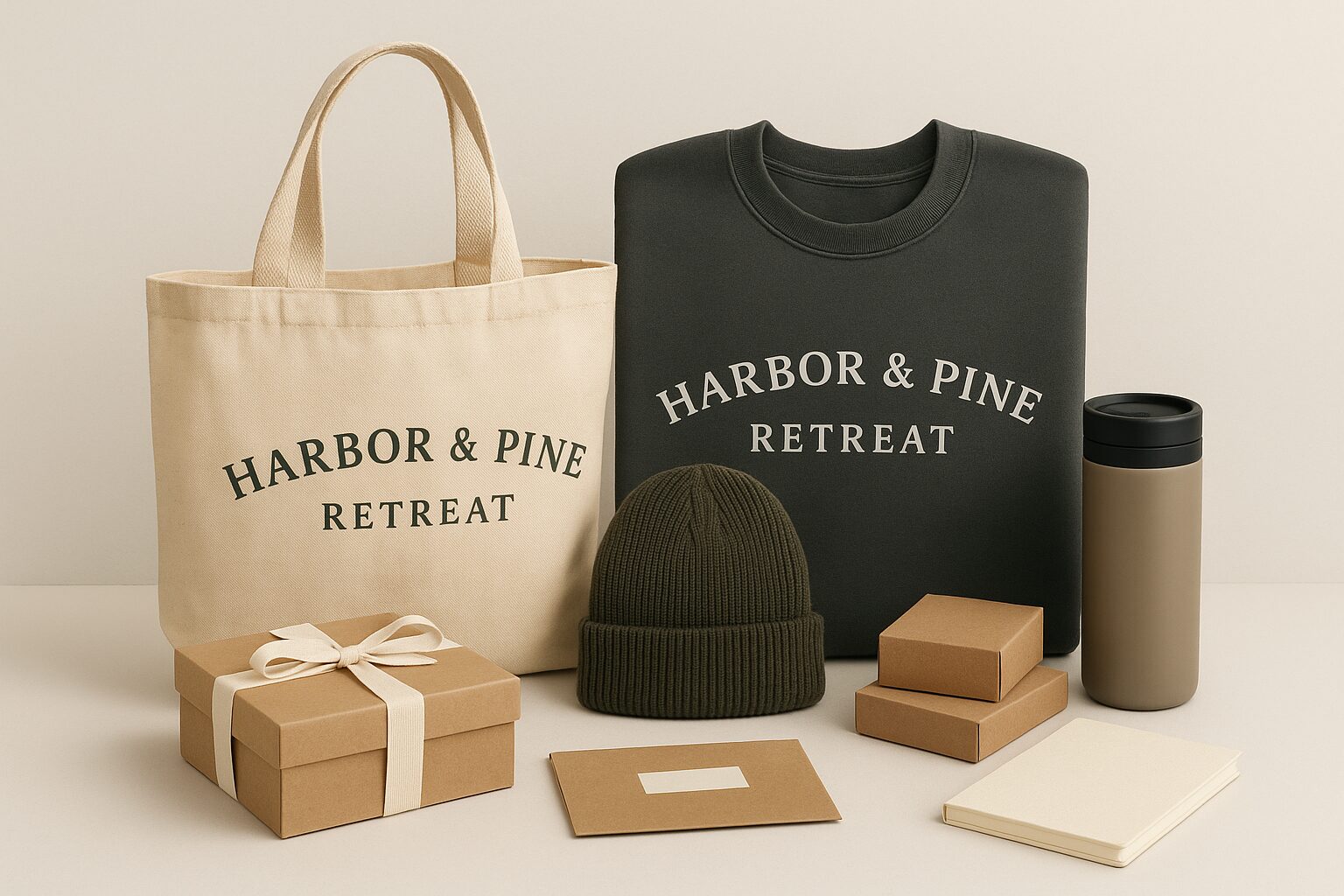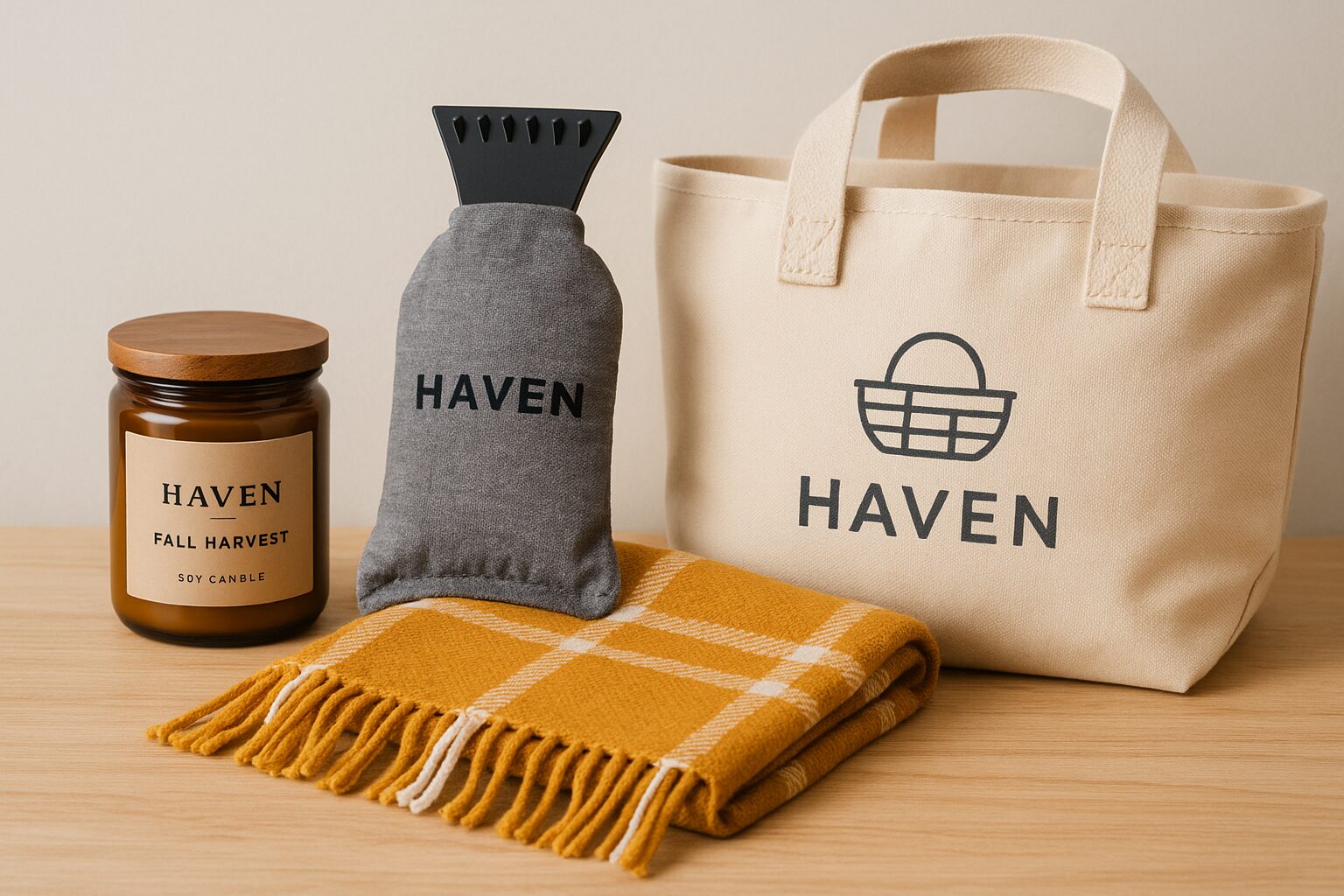In classical schools, it is often spoken about the formative power of culture. We know that beauty shapes affections, repetition cultivates virtue, and that children absorb not just what we teach—but how we live. And yet, when it comes to our merch tables, spirit stores, and swag items, we often default to the lowest common denominator: clip art mascots, cheap shirts, and unexamined slogans.
But here’s the hard truth:
Your merch is part of the curriculum. Whether you realize it or not, your spirit store is forming the hearts, tastes, and imaginations of your students and families.
It’s time to stop treating branded apparel and swag as “extras” and start seeing them for what they really are—a quiet but powerful signal of your school’s values. In this post, we’ll explore:
- What merch teaches without words
- Why beauty and design matter in formation
- The difference between expressive and formative merch
- How to evaluate your current spirit store through the lens of mission
The Hidden Curriculum of Your Merch Table
In classical education, we often speak of the hidden curriculum: the lessons students absorb not from textbooks, but from tone, atmosphere, habits, and expectations. Merch is no different. It carries what we call the “Implied Curriculum of Merch.”
This includes:
- What’s considered worthy of celebration (Which slogans get printed? Which events get shirts?)
- What beauty looks like (Do we value visual harmony or just crank out designs?)
- What we believe about identity (Are shirts about virtue, house identity, tradition—or just trendy jokes?)
When students see cheap swag with thoughtless design, they learn something about what their school prioritizes. When families see staff wearing mismatched polos or faded logos, they internalize a message about professionalism. When alumni browse a merch store and see nothing rooted in the school’s ethos, they quietly step away.
That’s the real cost of “just putting something together.”
Beauty Matters—Even on a T-Shirt
Beauty is not optional in a classical school. It’s foundational. From classroom design to the cadence of morning prayers, we believe beauty shapes desire—and desire shapes virtue. Why should our merch be any different?
When your shirts, totes, water bottles, and hats reflect intentional design, balanced typography, thoughtful symbolism, and meaningful colors, they reinforce the idea that truth and beauty belong together. They teach students to expect quality, order, and meaning in even the smallest things.
When merch is thrown together without care, it communicates that beauty is secondary—or worse, disposable.
Formative vs. Expressive Merch
Let’s make a critical distinction: not all merch is bad because it’s fun. But there’s a difference between expressive merch (which mirrors what students want to say) and formative merch (which helps shape what students ought to love).
| Expressive Merch | Formative Merch |
|---|---|
| Inside jokes, trends, pop culture references | Latin mottos, house symbols, classical virtues |
| Minimal faculty oversight | Guided by mission and design standards |
| “What’s cool right now” | “What’s worth remembering” |
You can include humor and creativity—but it must be filtered through . Every item in your spirit store should align with the formation you’re aiming for, not just the expression your students already carry.
Audit Your Spirit Store: 5 Questions to Ask
Need a gut check? Here are five questions to evaluate your current merch through the lens of classical formation:
- Does it reflect our mission? Would someone unfamiliar with our school learn anything true about us just by looking at this item?
- Is it beautiful? Would it fit aesthetically in a world shaped by truth, goodness, and beauty?
- Is it timeless or trendy? Will this still feel appropriate in three years—or was it chasing a moment?
- Is it student-centered or school-anchored? Are we empowering identity formation, or just giving them a blank canvas?
- Would our head of school proudly wear it? If not, why is it on the table?
Want an even deeper audit? Browse the kinds of merch other classical schools are creating here: www.brnd.agency/gallery.
Formation Is a Whole-School Effort
Your merch doesn’t exist in a vacuum. It should align with everything else you’re building—from your website design to your about page, from your faculty bios to your statement of faith. Consistency matters. It signals to parents that you are who you say you are.
When your faculty bios emphasize mentorship, your merch should reflect tradition and hierarchy—not slogans that parody authority. When your statement of faith prioritizes formation over performance, your merch should resist pop culture tropes and marketing cliches.
This is about integrity.
Start Curating, Not Just Creating
Most spirit stores feel like a catalog of disconnected items. Instead, think of your merch as a curated extension of your liturgy of learning. A well-designed spirit store isn’t about variety—it’s about cohesion.
Here’s how to start:
- Limit options to what you can stand behind wholeheartedly
- Ensure every item connects to a part of the school’s rhythm (house system, retreats, feast days, athletics, etc.)
- Involve a design partner who understands your classical ethos—not just a screen printer with a template
When you do that, your merch won’t just look better. It’ll mean something.
Conclusion: Merch That Shapes, Not Just Sells
In the end, spirit wear is never just about school pride. It’s about the slow shaping of affections. The quiet reinforcement of values. The celebration of what matters most. In classical education, that means virtue, beauty, courage, sacrifice, and joy.
So stop asking “What will students buy?”
Start asking “What do we want them to love?”
And then design merch that helps them do just that.
Ready to Reinvent Your Spirit Store?
If you’re ready to align your merch with your mission, browse real examples here:
👉 www.brnd.agency/gallery
Or reach out and we’ll help you build a merch kit that forms, not just informs.







0 Comments